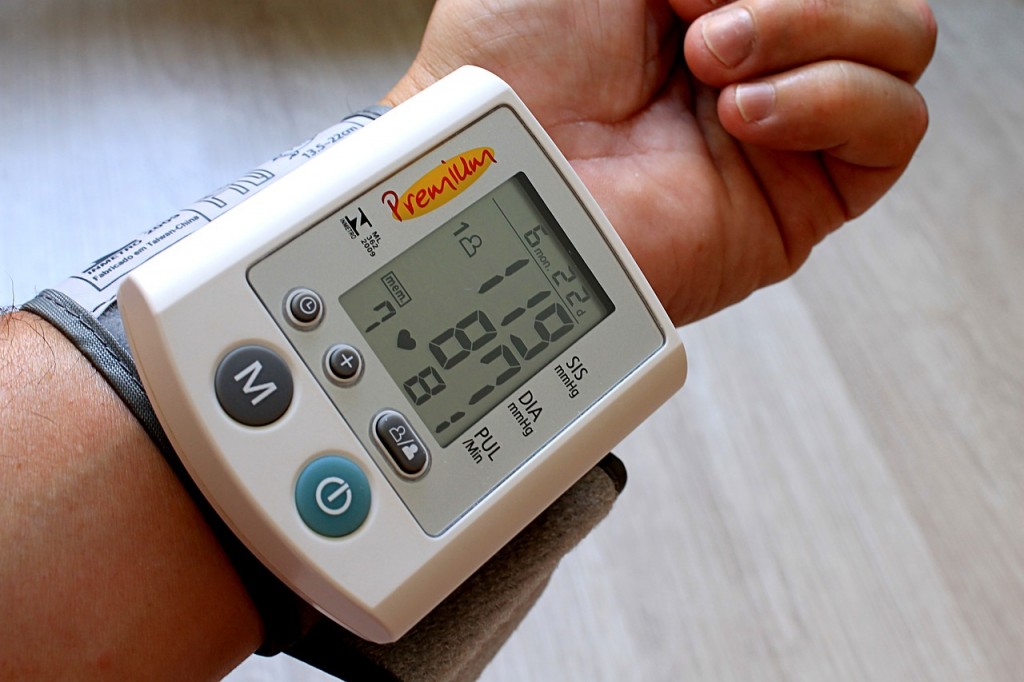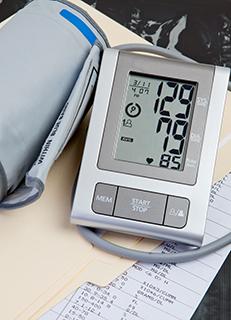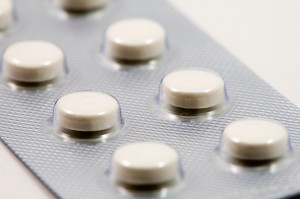ORLANDO, September 2002 � Intensive lowering of blood pressure may be needed to gain the full benefit of the therapy on blood vessels, according to a study presented at the American Heart Association's 56th Annual High Blood Pressure Research Conference.
In people who took medicine to lower blood pressure, those whose blood pressure was reduced to lower than the standard goal also reduced artery stiffness. People who were treated to the standard did not have a change in stiffness.
"Artery stiffness is associated with heart disease and death in people with high blood pressure," says senior researcher Atsuhiro Ichihara, M.D., Ph.D., of the Keio University School of Medicine, Toyko.
Researchers used a measure of vascular stiffness called pulse wave velocity (PWV) to determine if lowering blood pressure using antihypertensive drug treatment would affect aortic stiffness in nondiabetic patients who had high blood pressure. PWV is a velocity measurement, calculated by determining the distance between the brachial artery in the arm and the tibial artery in the ankle, then dividing that by the time it takes a pressure wave to travel between the two locations. It's expressed as centimeters per second (cm/s). "When treating people who have hypertension, it is important to adequately assess whether the therapy is sufficient to prevent future cardiovascular disease," says Ichihara.
Researchers identified 142 patients (65 male, 77 female, average age 67) whose high blood pressure measured about 177/101 millimeters of mercury (mm Hg) but who did not have diabetes, arrhythmias, coronary artery disease or peripheral arterial disease.
Continue Reading Below ↓↓↓
According to the American Heart Association, high blood pressure (hypertension) is defined in an adult as a systolic pressure (top number) of 140 mm Hg or higher and/or a diastolic pressure (bottom number) of 90 mm Hg or higher. High normal is 130-139 systolic and 85-89 diastolic. Normal blood pressure is less than 130 systolic and less than 85 diastolic.
Patients were randomly assigned to one of two groups: those whose target blood pressure was set for a more intensive reduction at less than 130/85 mm Hg, and those whose target was to reduce blood pressure below 140/90 mm Hg.
For one year, members of both groups were treated with antihypertensive drugs by physicians who were unaware of their PWV levels. The drugs, taken alone or in combination, included calcium channel blockers (taken by 110 patients), angiotensin-converting enzyme inhibitors (53 patients), angiotensin receptor blockers (19), alpha-blockers (21), beta-blockers (22), and diuretics (9).
Over the course of the year, systolic blood pressure significantly decreased to 129 mm Hg for the more intensive 130/85 mm Hg target group. However, the 140/90 mm Hg target group didn't achieve the desired results, showing a more moderate decrease in systolic pressure to only 153 mm Hg.
At the beginning of the study, PWV averaged 1,779 cm/s in the 130/85 mmHg group and 1,891 cm/s in the 140/90 mm Hg group. At the end of follow-up, PWV decreased to 1,621 cm/s in the more intensive target group but did not show a significant change in the less rigorous target group.
"Intensive blood-pressure lowering is most important for the reduction in PWV," says Ichihara. "However, future studies will be needed to confirm which antihypertensive drugs are better for aortic stiffness when blood pressure lowering is achieved."
The team is currently planning placebo-controlled studies to determine the possible benefits of individual antihypertensive drugs on the PWV of hypertensive patients.
Co-authors of the study include Matsuhiko Hayashi, Yukako Koura, Yuko Tada, Nobuhisa Hirota, Takao Saruta, of Keio University School of Medicine, Toyko, Japan.
Source: American Heart Association









